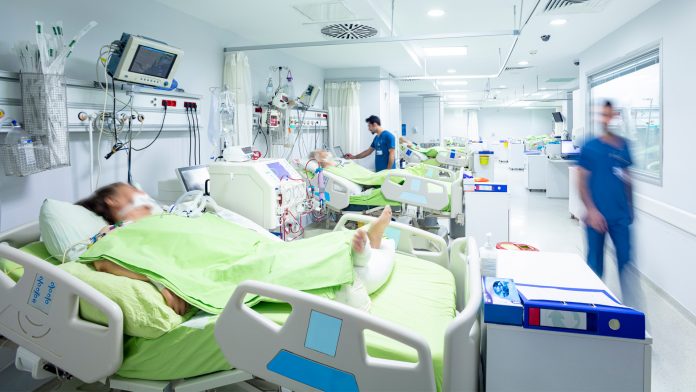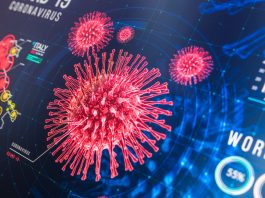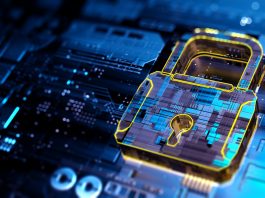EIT Digital Master School students have developed a 3D printed remote monitoring device which can measure the vital signs of COVID-19 patients to enables nurses to safely monitor multiple patients at the same time.
The team will bring to market its COVID-19 solution, with support from EIT Digital including an investment of €500 from the innovation hub and its partners. Under the umbrella of ‘DATA against COVID-19’, EIT Digital launched an extra innovation activity call to support innovators developing digital solutions to COVID-19. This call resulted in 87 proposals from across Europe, of which nine got rewarded with EIT Digital support.
Peter Lakatos, who is graduating from the dual degree EIT Digital Master School programme at the EIT Digital partner universities Eindhoven University of Technology and KTH Royal Institute of Technology, is now officially the activity lead of the remote monitoring device project. Lakatos said: “We were really happy that we got it, it is an exhilarating opportunity. This is going to be the first real adventure that has received funding. We are happy with the partners we have found, and we are going to learn so much.”
Developing a 3D printed remote monitoring device
During the next six-month period, the Innovation Activity team will develop the remote monitoring device. Lakatos says the product should be tested in real life scenarios in hospitals and clinics. “Our goal is to have our first customers by end of 2020 and having secured partnerships with for example hospitals and governments.”
Currently, the prototype of the 3D printed device measures key values which nurses regularly need to check on COVID-19 patients. The measured data will be available via a platform to track progress. “Instead of one patient, nurses can then check about a hundred patients at the same time from a safe distance using less protected gear,” explains Lakatos. The device the team is planning to create is going to be developed for broader medical purposes. “COVID-19 will hopefully go away, hence we also want to satisfy the need for remote monitoring beyond this virus.”









